Dear colleagues and friends,
An esteemed colleague shares information about one of the world's most mysterious phenomena: fog. The article in question was written by Zhaoxia Pu, was published on December 29, 2023 in the research section of a digital newsletter of the University of Utah, and was translated by us for this space. Let's see what this is about.
As mentioned, of the various meteorological phenomena in the world, fog is perhaps the most mysterious: it forms and dissipates close to the ground with fluctuations in air temperature and humidity that interact with the terrain itself.
While fog represents a significant hazard to transportation safety, meteorologists have yet to figure out how to forecast it with the accuracy they have achieved for precipitation, wind and other weather events.
This is because the physical processes that result in fog formation are extremely complex, according to Dr. Zhaoxia Pu, professor of atmospheric sciences at the University of Utah.
“Our knowledge is limited. To accurately forecast fog, we need to better understand the process that controls fog formation,” said Pu, who led a fog study focused on a valley in northern Utah.
Recently, in an article published by the American Meteorological Society, Pu and his colleagues reported on the findings of the Cold Fog Amongst Complex Terrain (CFACT) project, designed to investigate the life cycle of cold fog in mountain valleys.
Several other members of the U Department of Atmospheric Sciences also worked on the project, including Gannet Hallar and Sebastian Hoch, along with Eric Pardyjak of the Department of Mechanical Engineering, a group of scientists from the National Center for Atmospheric Research (NCAR), and Dr. Ismail Gultepe from the Technological University of Ontario, Canada.
Because it reduces visibility, fog poses serious hazards to the traveling public. For example, fog is the second cause of plane crashes after strong winds. It causes car accidents and disrupts ferry operations.
Between 1995 and 2004 in the United States, 13,720 died in fog-related accidents.
Improving the fog forecast would make traveling safer, Pu said.
Nowadays, most forecasts use a computer model known as Numerical Weather Prediction (NWP), which processes massive weather observations with computer models to generate predictions of precipitation, temperature and all kinds of other meteorological elements. However, the current computer model doesn't work well in fog, and the Pu team hopes that improvements can be made using the large amount of data they collected over seven weeks in the winter of 2022 at several sites in the Heber Valley.
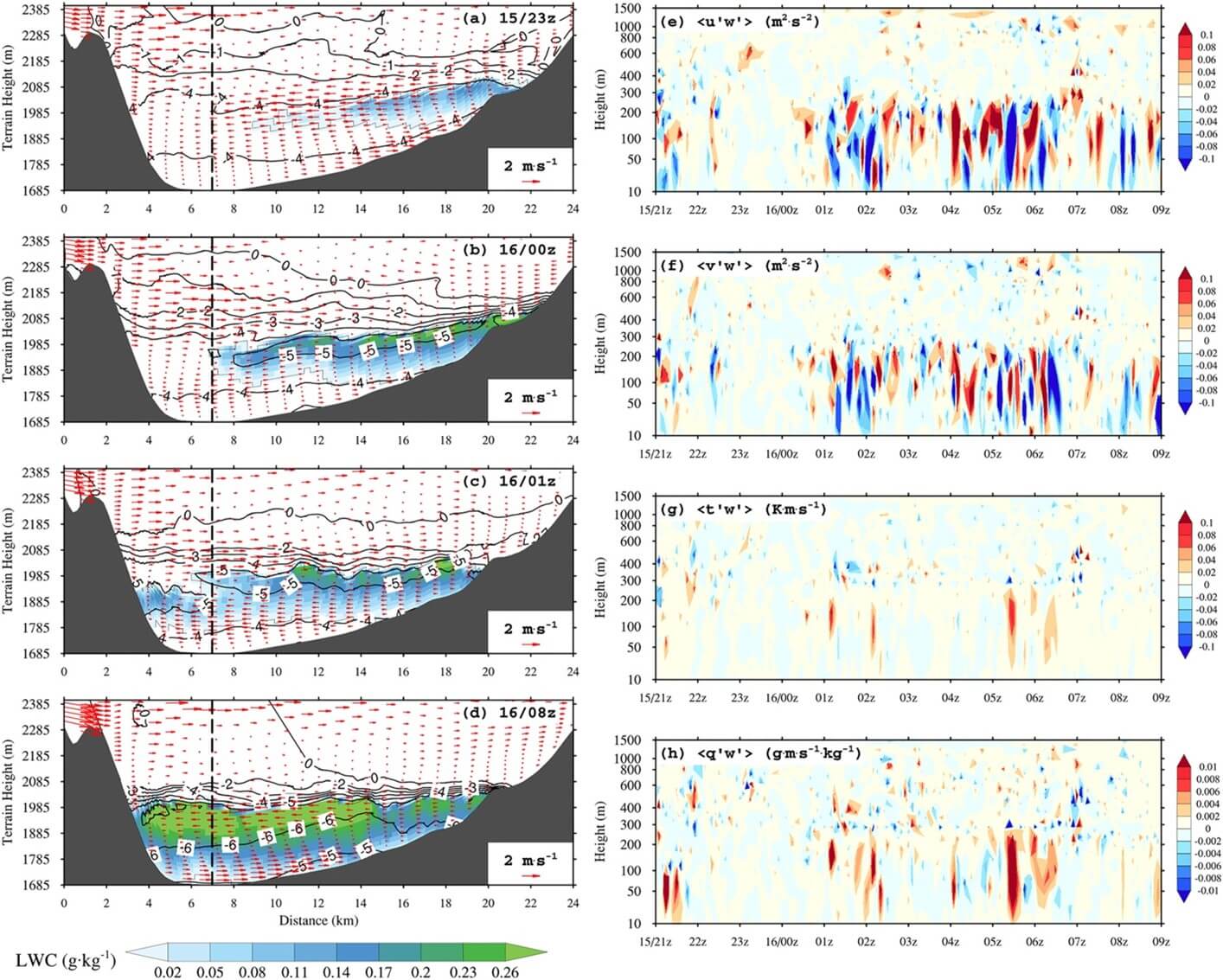
“Fog involves a lot of physical processes, so it requires a computer model that can better represent all of these processes,” Pu said. “Because fog are clouds close to the ground, a high-resolution model is required to resolve them, so we need models at a very fine scale, which are computationally very expensive. Current models (relatively less accurate in resolution) are not able to resolve fog processes, and we need to improve the models for better fog prediction.”
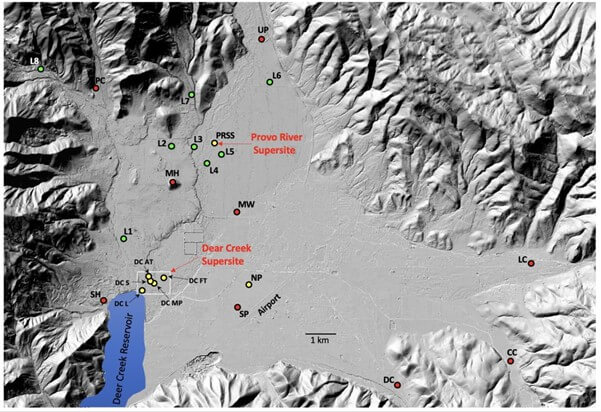
Located about 50 miles southeast of Salt Lake City, Heber Valley is nestled behind the Wasatch Mountains and framed by two major reservoirs on the Provo River.
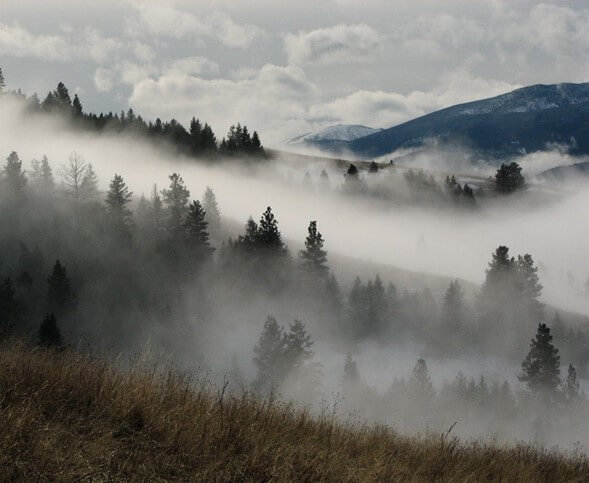
This picturesque basin is a typical mountainous valley, surrounded by Mount Timpanogos and other high peaks, whose reservoirs serve as a source of moisture. The seven-week study period covered the time of year when Heber Valley has the most fog.
The valley's fog is a perfect example of how topography and atmospheric processes converge to create a distinctive climate phenomenon.
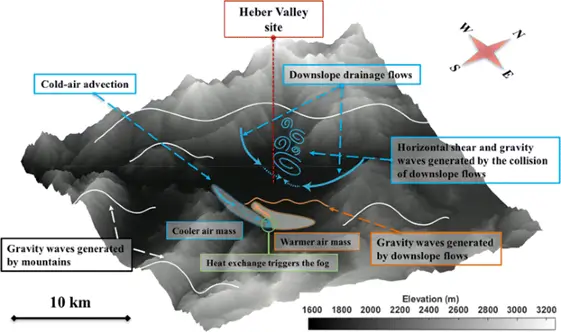
The ground cools during the night as denser, cooler air falls from mountain tops and accumulates in valleys, in a phenomenon known as “cold air drainage”. Cooled by the ground, the temperature of the falling air may approach the dew point and, if there is sufficient moisture in the air, fog begins to form, which becomes denser around dawn, when surface temperatures are lower.
Winter nights create favorable conditions for different forms of fog, such as cold air fog, the ephemeral fog of mountain valleys, and radiative ice fog.
According to Pu, the Heber Valley project focused on cold air fog that forms in temperatures below zero degrees Celsius. However, by observing how these different types of fog form and dissipate, researchers continue to learn about weather conditions and the physical processes that govern the formation of fog.
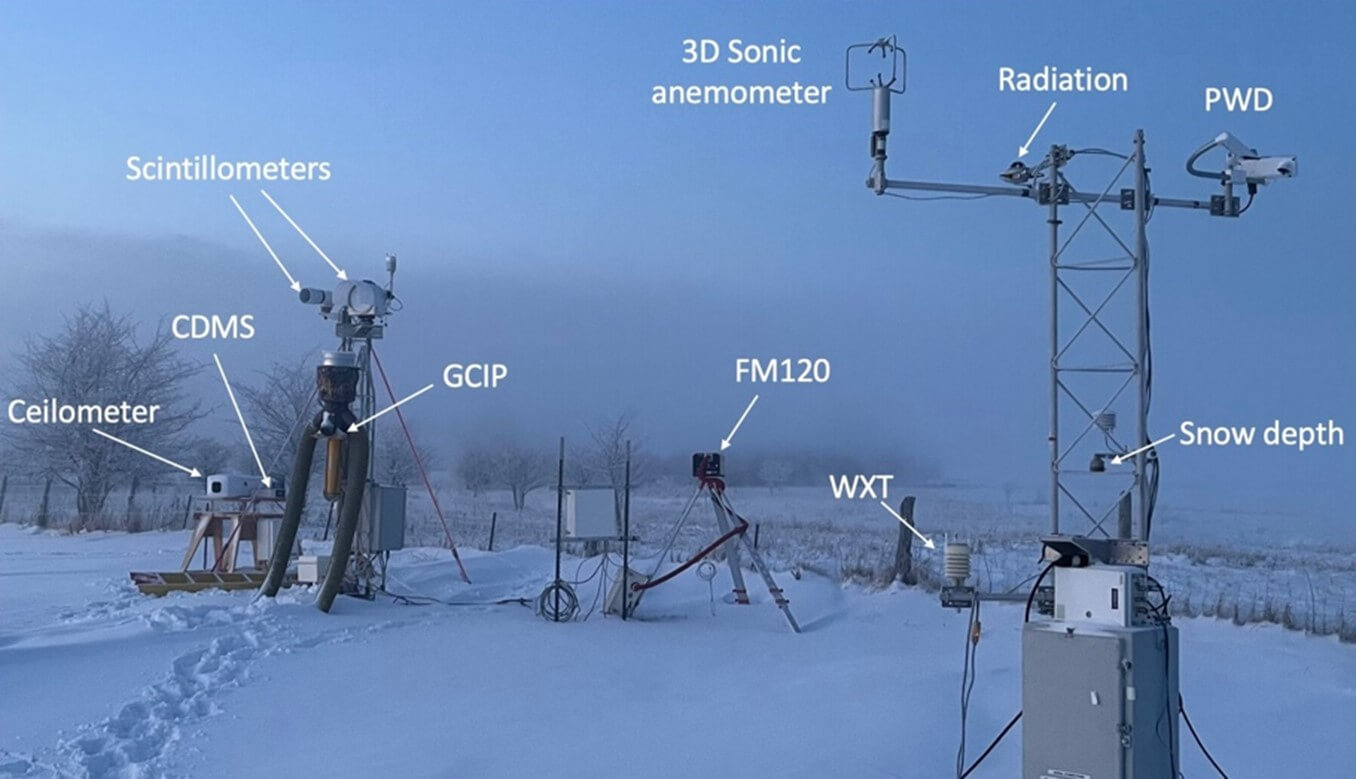
In addition, the team recorded a smaller range of data points at nine satellite sites.
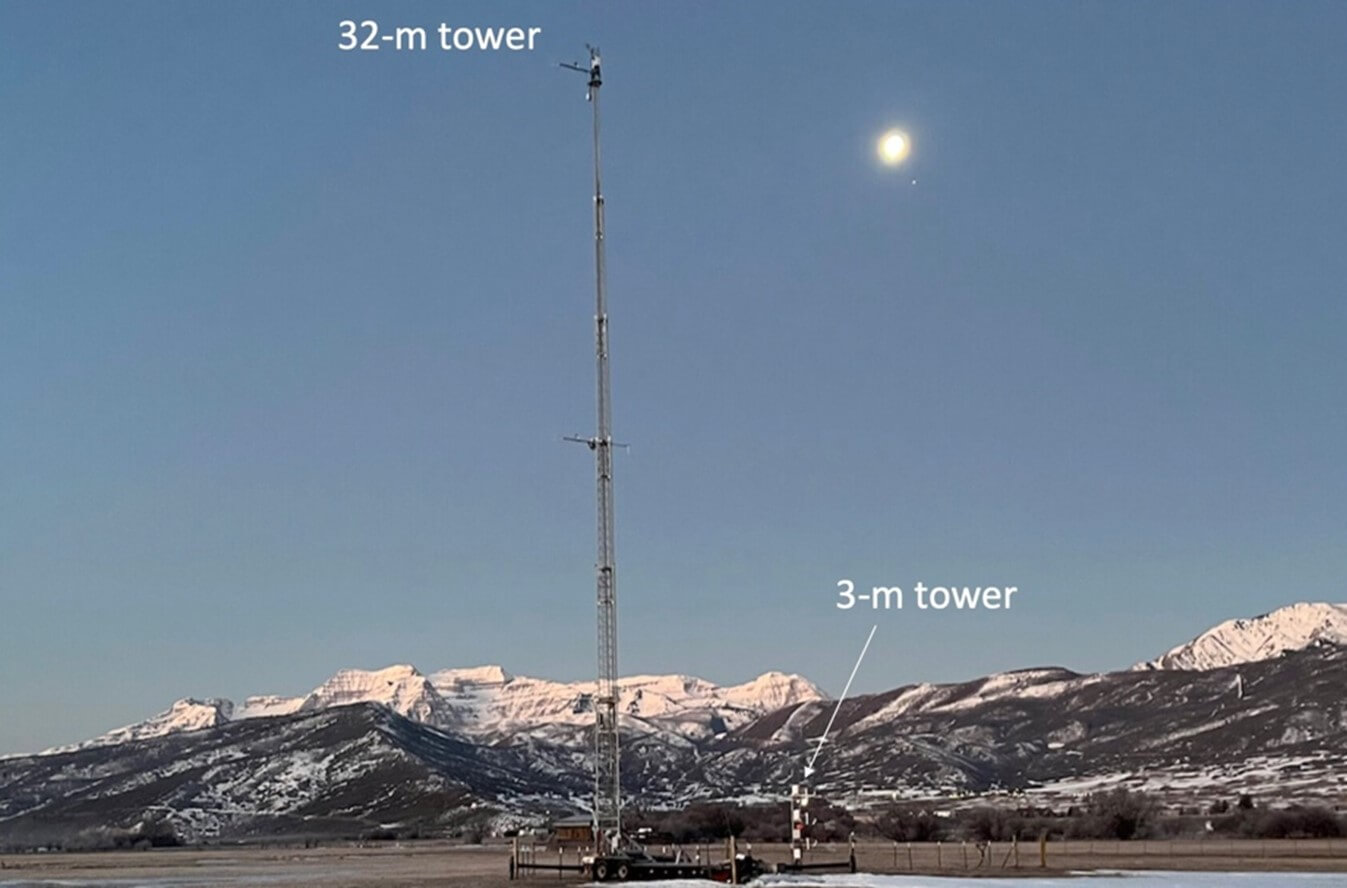
During the seven-week CFACT field campaign, nine intensive observation periods (IOP), each conducted over 24-hour periods, produced a dataset that included high-frequency radiosonde profiles, tethered balloon profiles, remote-sensed thermodynamic and wind profiles, surface meteorological observations, and microphysical and aerosol measurements.
In addition to fog IOPs, the variety of non-anti-fog IOPs provided valuable observations for understanding near-surface inversion, ice crystal formation, moisture advection and transport, and stable boundary layers over complex terrains, all of which are essential factors related to fog formation. Extensive studies are being conducted to better understand cold fog over complex terrain.
The study appeared on November 11 in Volume 104 of the Bulletin of the American Meteorological Society. The U researchers involved in the study included Zhaoxia Pu, Sebastian Hoch, A. Gannet Hallar, Rebecca Beal, Geraldo Carrillo-Cárdenas, Xin Li and María García from the Department of Atmospheric Sciences and Eric Pardyjak and Alexei Perelet from the Department of Mechanical Engineering.

